Designing the Romulan Warbird
The script of “The Neutral Zone” merely called for a “Romulan cruiser,” but — coming on the heels of the disappointing introduction of the Ferengi — the makers of Star Trek: The Next Generation wanted to make a strong impression with the return of the Romulans. Their new Warbird had to look menacing.
Andrew Probert, who was about to leave the show after one season, told Trek Brasilis in 2001 that his starting point for the Warbird (the name “D’deridex class” wasn’t mentioned until “Tin Man”) were the Romulan Bird of Prey and Klingon/Romulan D7 battle cruiser from The Original Series.
I started with bird and bird wing shapes. And eventually came to a design similar to what is on the screen.
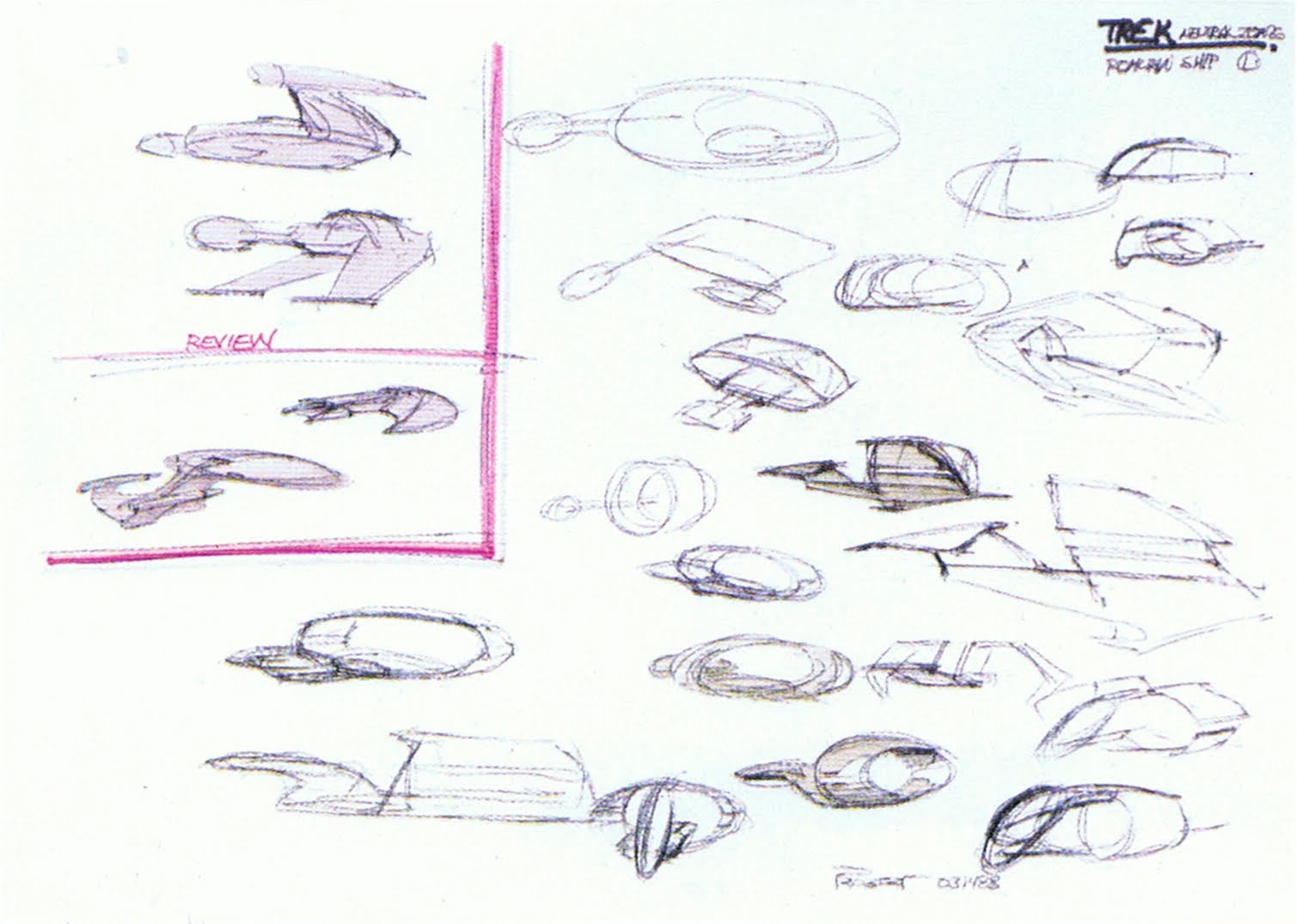
Probert proposed a vertical configuration to create a contrast with the horizontal Enterprise, but this idea was rejected. Probert had a chance to revisit this design for the 2011 Ships of the Line calendar.
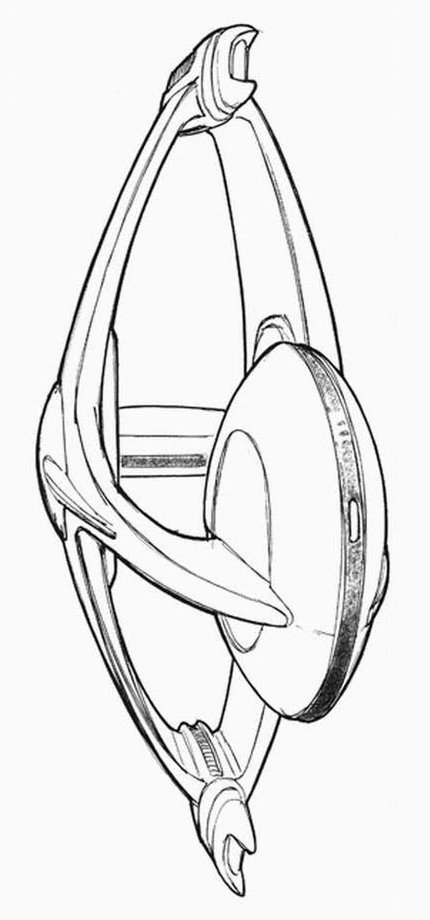
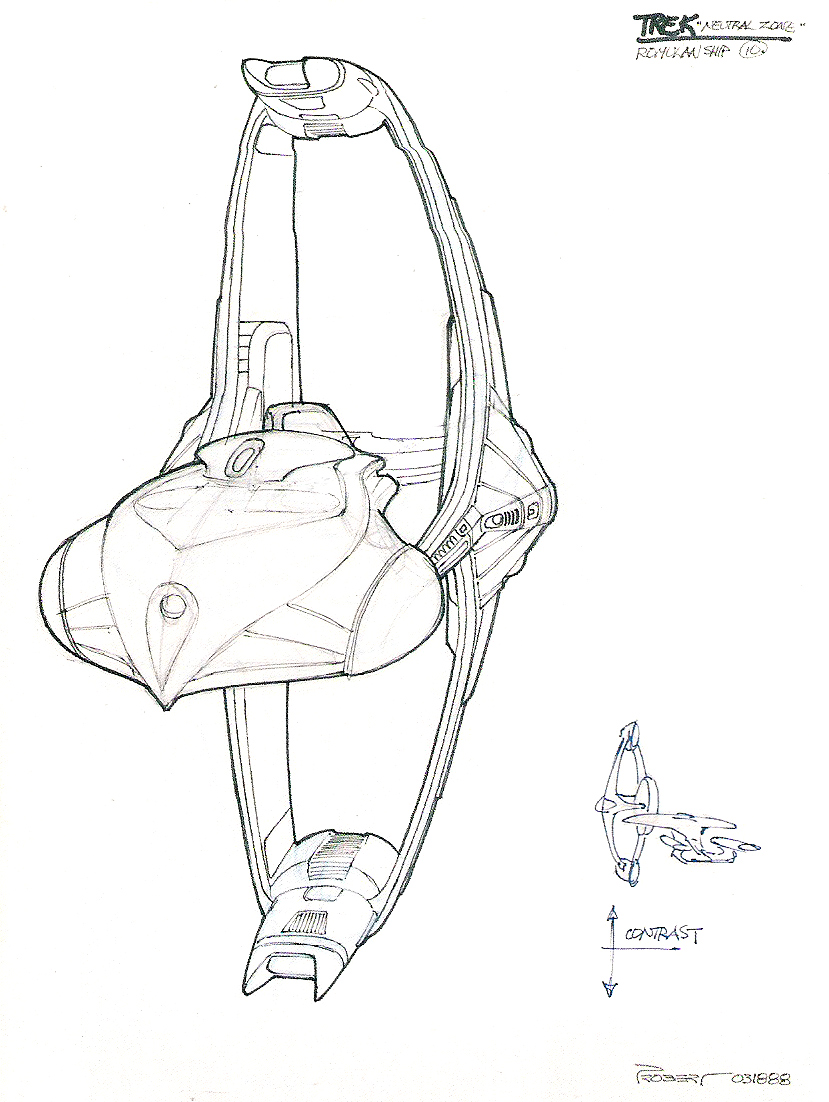
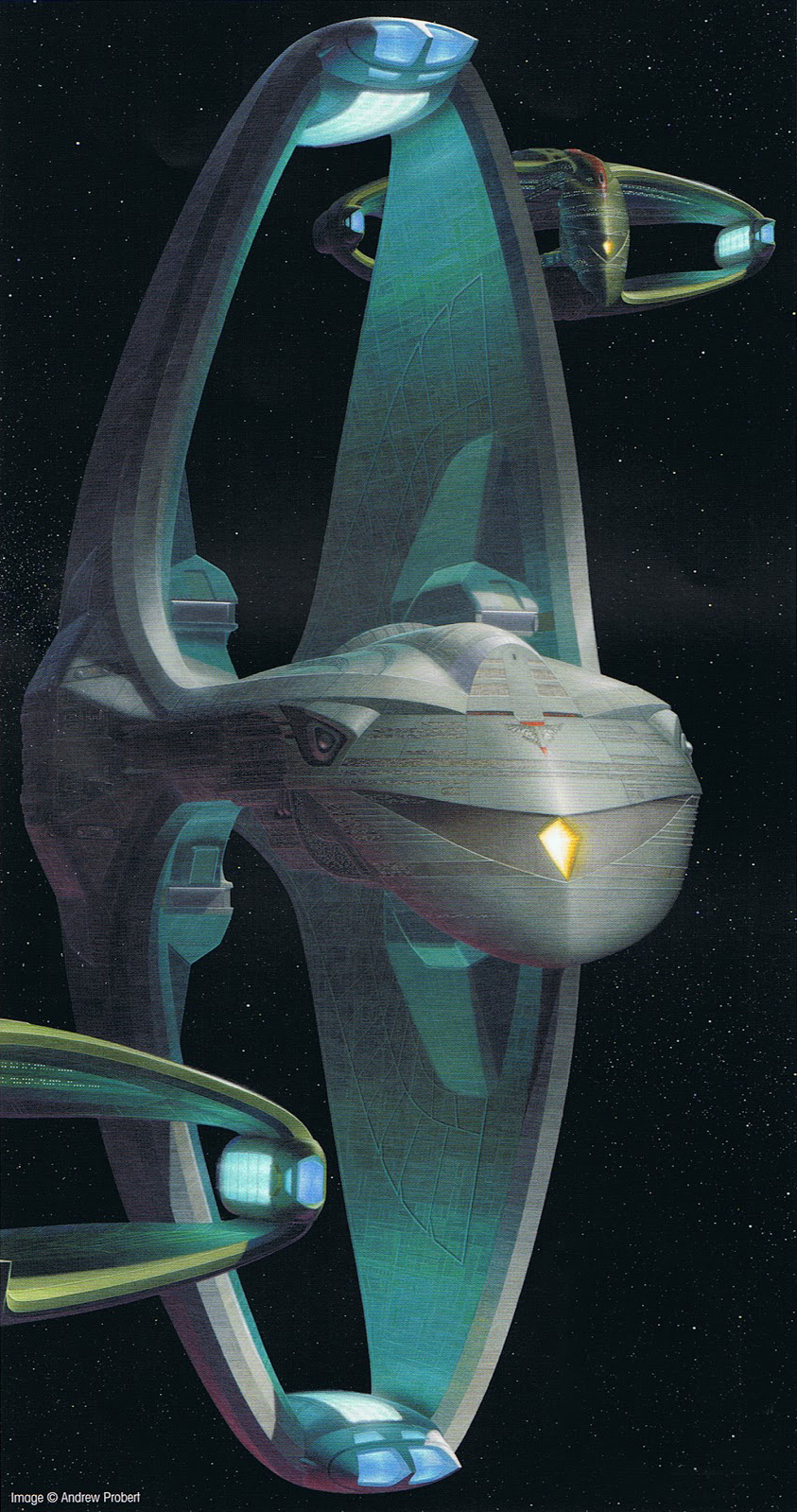
Tilting his sketches a quarter gave Probert something close to the final design. He considered giving the Warbird only a top wing, and leaving the bottom open, but was happier with a closed loop.


There needed to be open space between the nacelles, he explained. Gene Roddenberry had dictated that every starship had two nacelles, from which Probert deduced that nacelles worked in pairs (hence the Stargazer got four) and needed to be able to reach each other to create a warp field.
In other words, there would be no obstructions between the engines to disrupt the energy fields or connecting forces between them.
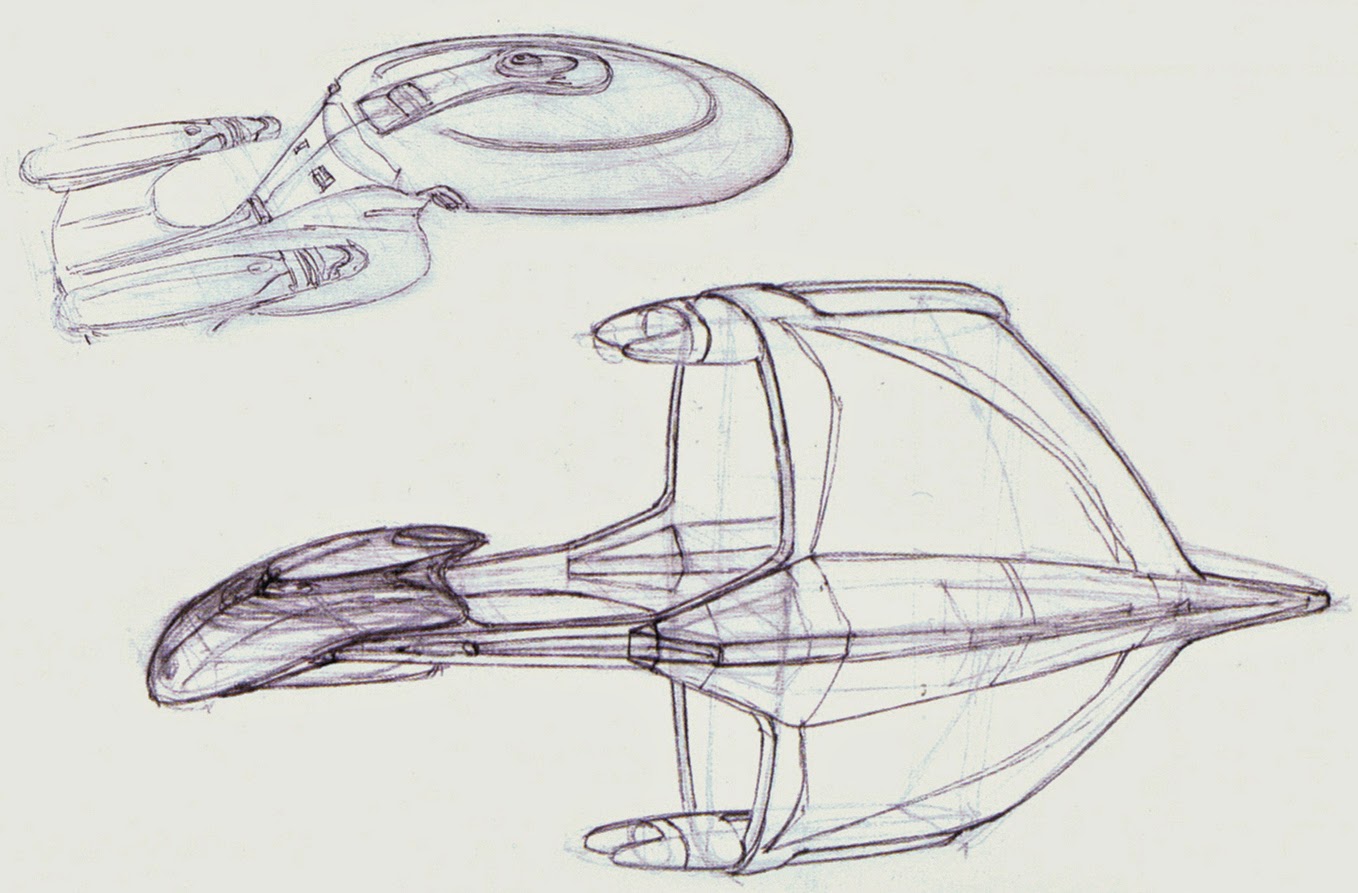
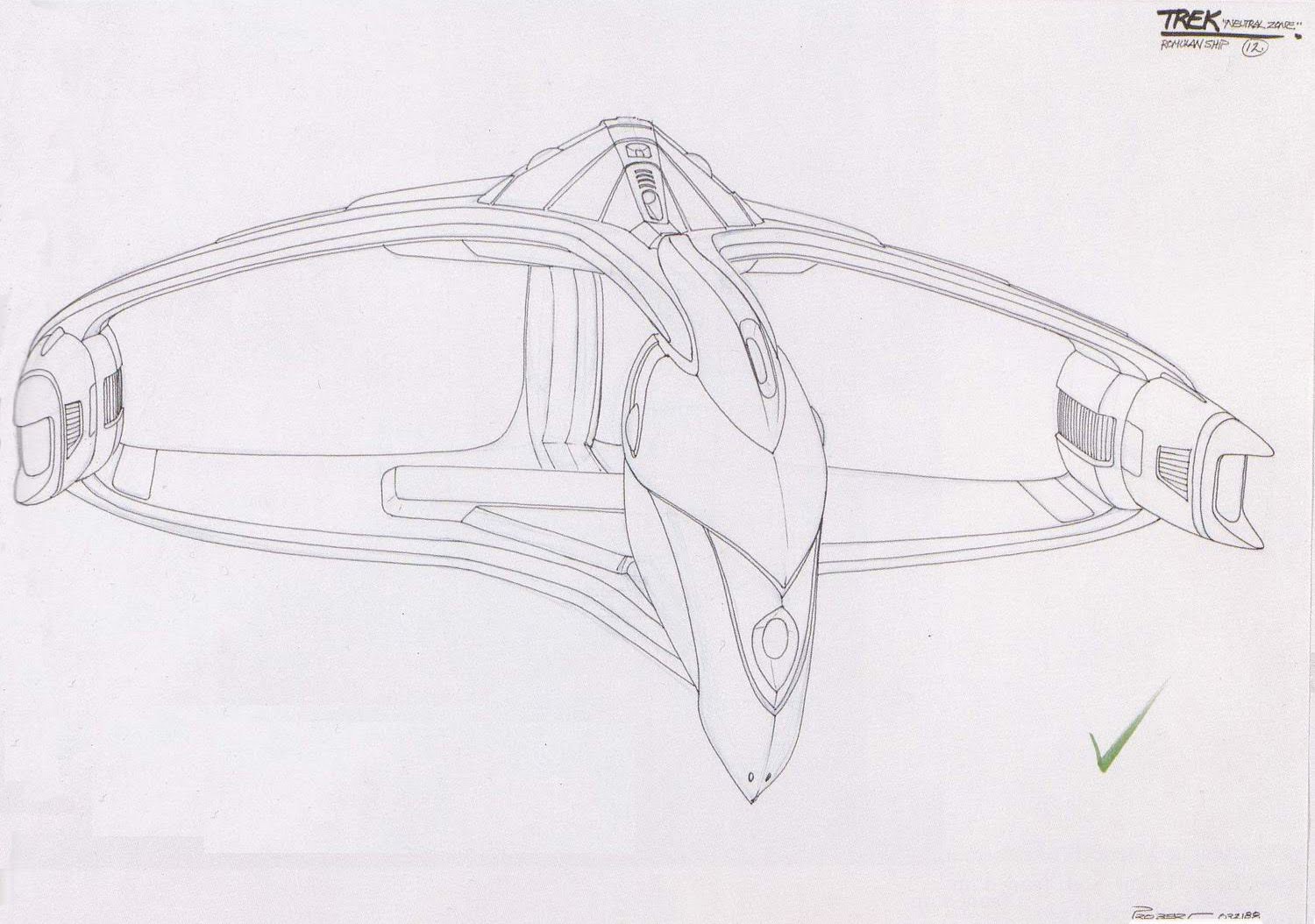
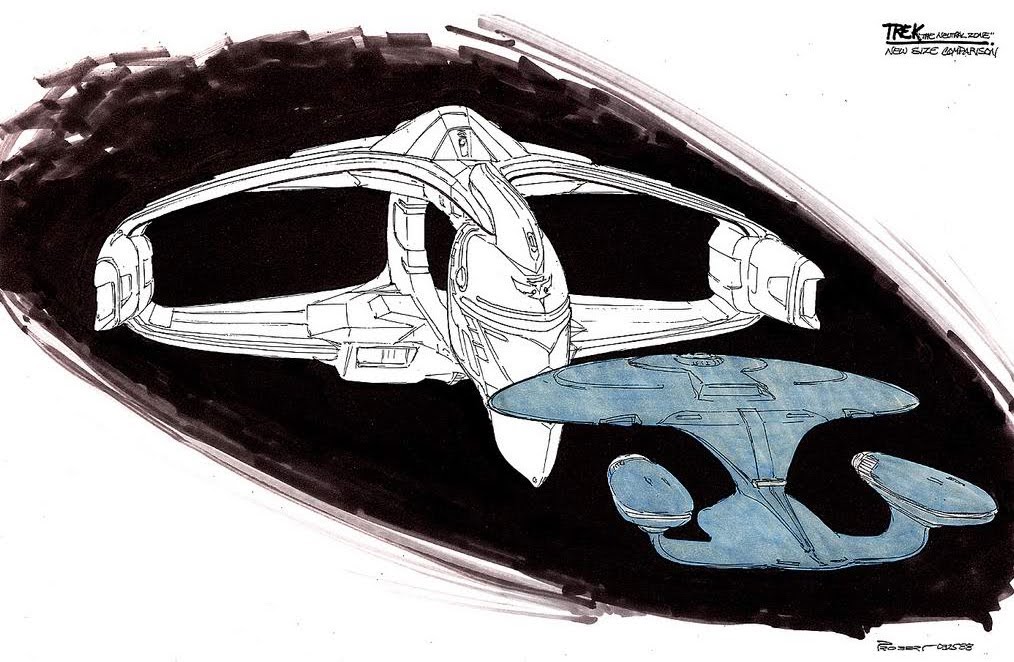
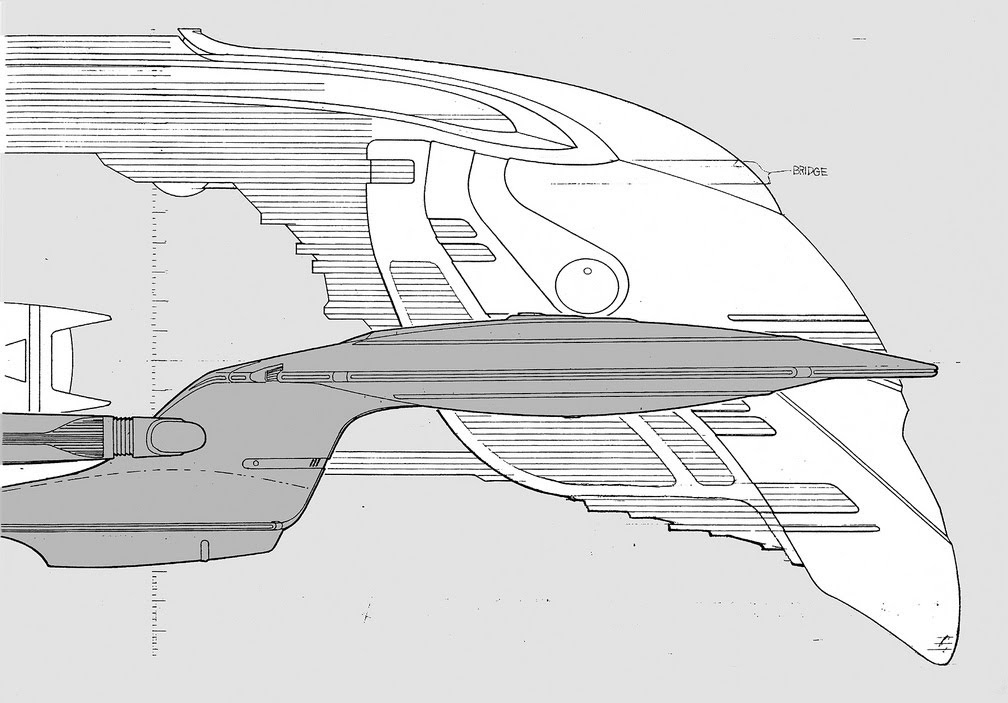
Miniature
Greg Jein recalled in an interview in 2002 that he enjoyed building the miniature “because it was such an unusual shape.”
We had to carve that out of flores foam and we vacuformed on top of that, and we take the foam out, so we had a hard shell, so we could put the armatures and lights in.

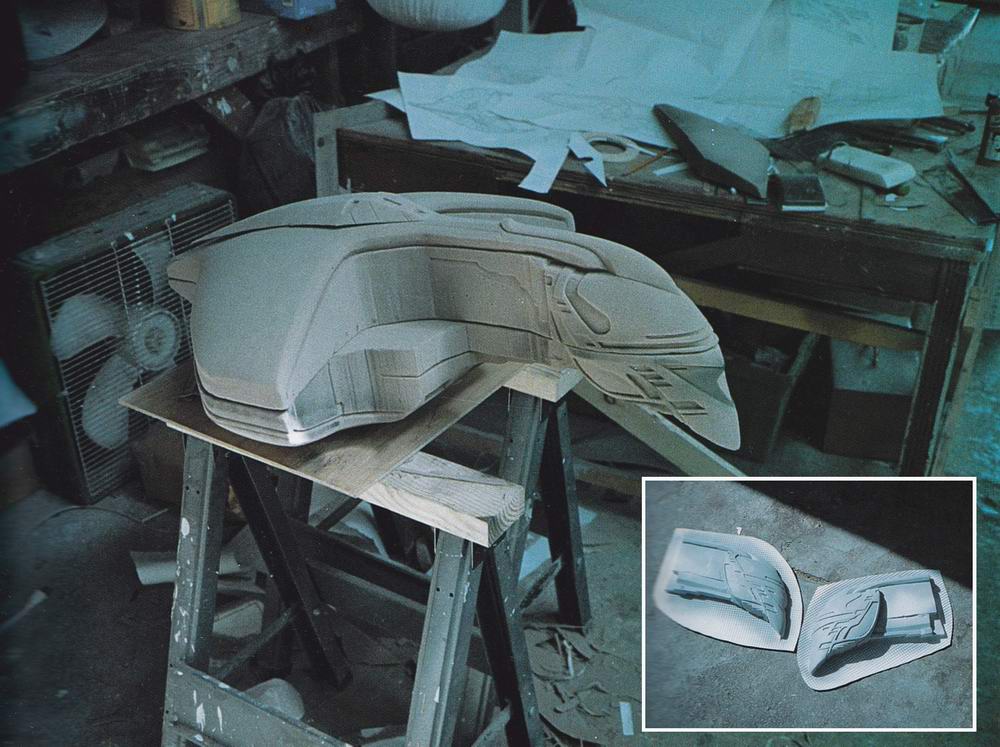
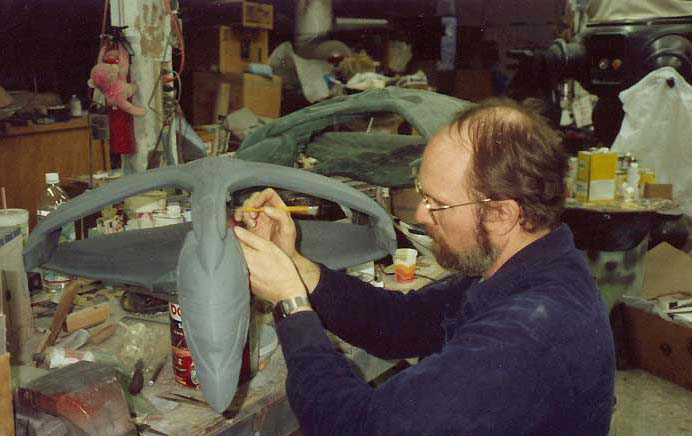
A second model was built during Season 3, which debuted in “The Defector”. The main difference from the original was that the new model had more lighted windows. Jein’s team also added detail to the outside of the nacelles.
The first model was painted green and the second a blue-grey, creating some confusion about the “real” color of the Warbird, but on screen it was always lighted green.
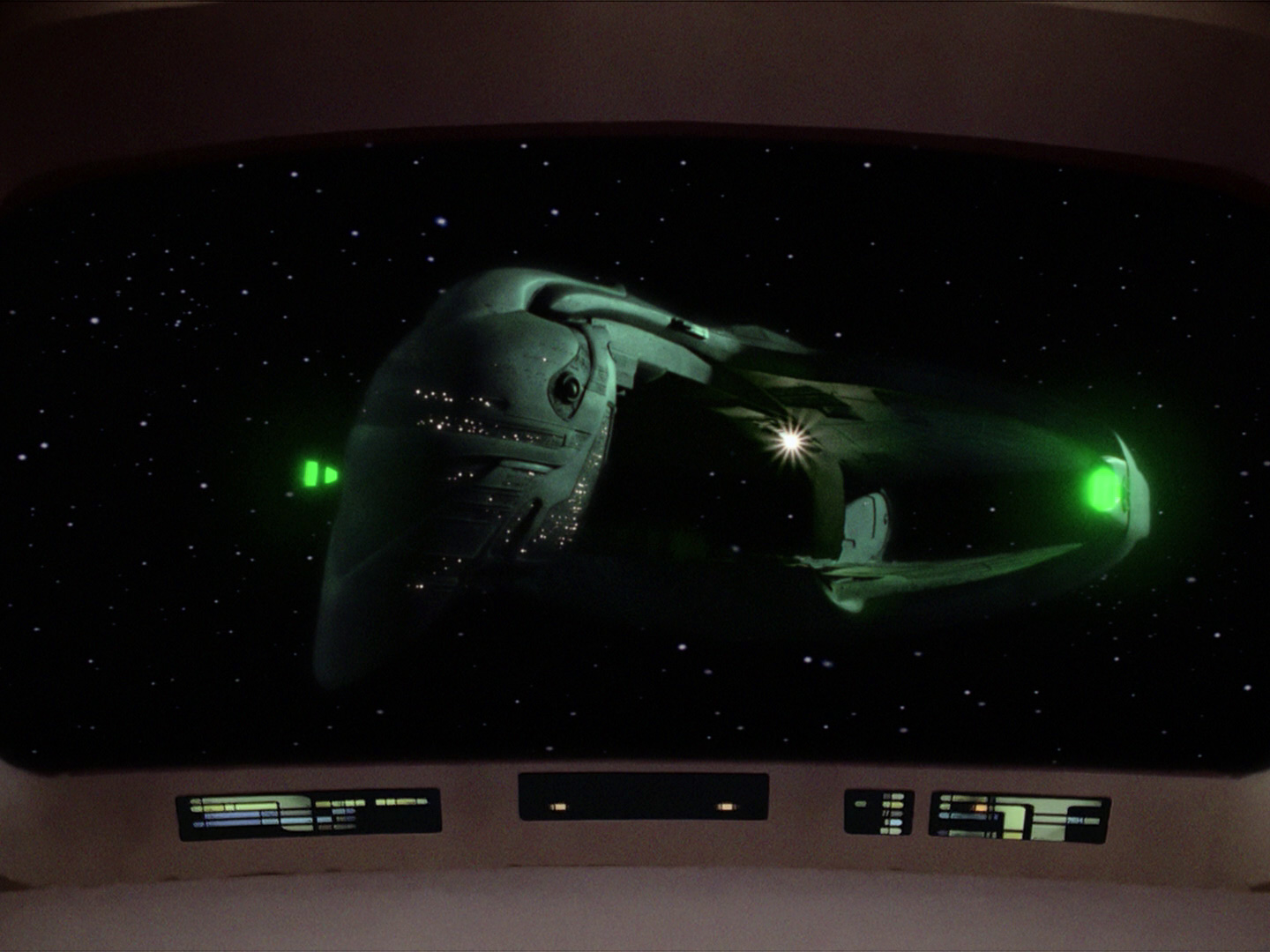
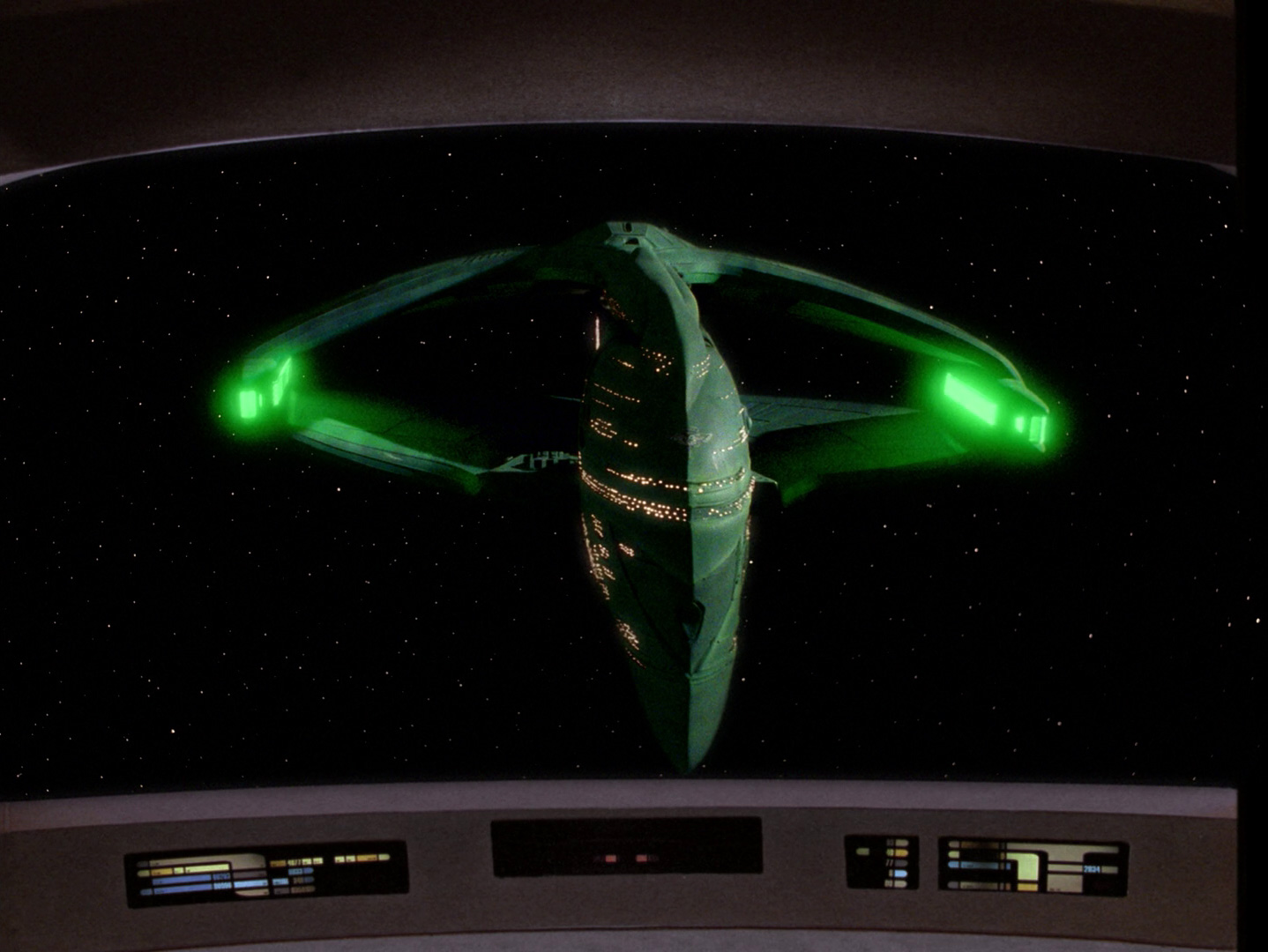
Foundation Imaging created a CGI version for the Star Trek: Voyager episode “Message in a Bottle,” which was from that time on used by Deep Space Nine as well.
